Why Are My Solar Lights Flickering? Causes and Fixes You Didn’t Know
Solar lights are awesome—free energy, easy setup, eco-friendly. But when they start flickering like a bad horror movie, it’s frustrating. You might think it’s just a dying battery, but the issue often runs deeper. From loose connections to environmental quirks, flickering can stem from multiple causes. Let’s dig into why your solar lights are acting up and how to fix them, with practical troubleshooting tips to get them glowing steady again.
-4-2-1024x400.webp)
Common Causes of Flickering
Flickering solar lights can have a few culprits, and it’s rarely just one thing. Here are the most common issues that mess with your lights:
- Loose Connections: Wires or components inside the light can loosen over time, especially with weather exposure. A shaky connection disrupts power flow, causing flickering. Check the battery compartment or panel wiring for anything loose or corroded.
- Faulty Control Chip: The tiny chip managing the light’s on/off cycle can glitch. If it’s sending erratic signals, the light flickers. This is more common in cheaper models with low-quality electronics.
- Malfunctioning Light Sensor: Solar lights rely on a sensor to detect darkness and turn on. If the sensor is dirty or damaged, it might misread light levels, making the light turn on and off rapidly.
These issues are fixable with some basic troubleshooting, but pinpointing the cause is the first step to a steady glow.
Environmental Factors at Play
Your surroundings can wreak havoc on solar lights. External factors often get overlooked, but they’re a big deal. Here’s how the environment messes with your lights:
- Light Pollution: Nearby streetlights or porch lights can confuse the light sensor. If it thinks it’s not dark enough, the light might flicker as it toggles on and off. Reposition the light away from bright sources or shield the sensor.
- Weather Impacts: Heavy rain, snow, or dirt buildup on the solar panel can block sunlight, starving the battery. A weak charge leads to inconsistent performance and flickering. Cloudy days or short winter sunlight hours can worsen this.
- Power Interference: Nearby electronics, like a neighbor’s flickering LED or a power line, can sometimes cause electromagnetic interference, messing with the light’s control chip.
Pay attention to where your lights are installed. A quick tweak in placement or a good cleaning can often solve flickering without any tools.
Can You Fix It Yourself?
Good news: most flickering issues don’t require a pro. With some basic troubleshooting, you can often fix the problem at home. Here’s a step-by-step guide to diagnose and repair:
- Check the Battery: Open the battery compartment and look for corrosion or loose connections. Clean contacts with a dry cloth or rubbing alcohol. Replace the battery if it’s old (typically 2-5 years lifespan).
- Clean the Solar Panel: Dirt or debris on the panel reduces charging efficiency. Wipe it gently with a damp cloth and mild soap. Avoid scratching the surface.
- Test the Light Sensor: Cover the sensor completely with your hand or tape to simulate darkness. If the light stabilizes, it’s likely picking up external light. Relocate it or clean the sensor.
- Inspect Wiring: For wired solar lights, check for loose or frayed wires. Secure any loose connections with electrical tape or replace damaged wires if you’re handy.
- Reset the System: Some lights have a reset button or require you to remove the battery for a minute to reboot the control chip. Check the manual for specifics.
When to Replace or Call a Pro
If DIY fixes don’t work, the issue might be deeper, like a fried control chip or a defective unit. Replacing a single light (around $20-$50) is often cheaper than paying for repairs, especially for budget models. If the light is part of an expensive system or under warranty, contact the manufacturer. Persistent flickering across multiple lights might mean a bigger issue, like environmental interference or a batch of faulty units—time to call in a technician.
-1-2-1024x400.webp)
Keeping Your Lights Flicker-Free
Flickering solar lights aren’t just annoying; they can signal issues that shorten the life of your setup. Regular maintenance and smart placement can prevent most problems. Here’s how to keep your lights shining steady:
- Routine Cleaning: Wipe down panels and sensors every 3-6 months to avoid dirt buildup. This ensures maximum charging and accurate sensor performance.
- Strategic Placement: Install lights in spots with full sun exposure and minimal artificial light. Avoid areas near bright streetlights or reflective surfaces.
- Quality Matters: Invest in reputable brands with better control chips and durable batteries. Cheap lights are more prone to flickering and early failure.
- Battery Checks: Test batteries annually and replace them proactively every 2-3 years, even if they seem fine. It’s cheaper than replacing the whole light.
- Weather Protection: In harsh climates, consider weatherproof covers for panels or moveable lights you can store during storms.
By staying proactive, you can catch small issues before they turn into flickering nightmares. The keyword is maintenance—a little effort goes a long way.
Conclusion: Stay Steady with Smart Fixes
Flickering solar lights don’t always mean a dead battery or a broken unit. From loose connections to light pollution, the causes are varied but often fixable with simple troubleshooting. Cleaning panels, checking batteries, and tweaking placement can solve most issues without spending a dime. For stubborn problems, weigh the cost of a new light against repairs, especially for budget models. Regular maintenance and choosing quality lights upfront can prevent flickering in the first place. With a bit of care, your solar lights can stay reliable, saving you money and keeping your space lit—without the spooky strobe effect.




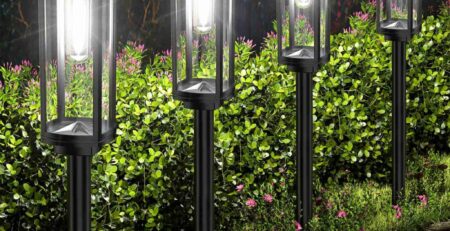
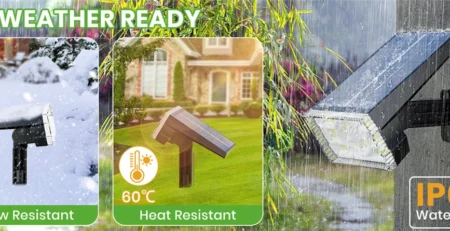


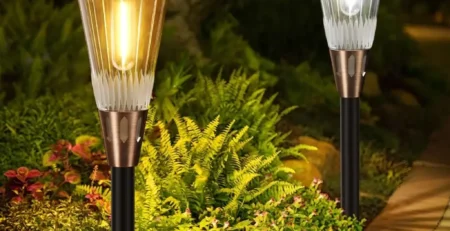
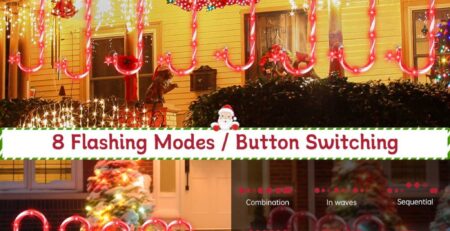
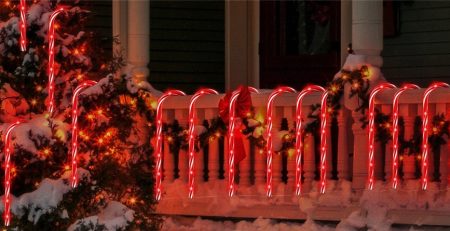
Leave a Reply